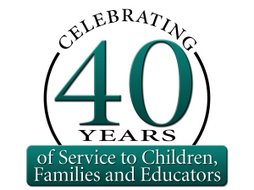Author's Note: This blog written in close proximity to a jazz band playing the greatest hits of Styx and Bachman - Turner Overdrive (BTO) . (Someone likes 70s Canadian rock.) Apologies in advance for any typographical, contextual, or other errors resulting from the hardship of working in this environment.
Executive Summary
Useful session on new uses of novel and existing technologies, with small-group work on fleshing out the specifics of a specific initiative. The session's outcome was a jump-start of a new database of educational technology initiatives.
Details
During initial discussions with other technology administrators, I saw a wide array of strategic technology initiatives that folks in my group are undertaking:
- Tyler Dunphy from Maine is using low-cost online collaboration solution using OpenFire, a real time collaboration (RTC) server dual-licensed under the Open Source GPL and commercially. It uses the only widely adopted open protocol for instant messaging, XMPP (also called Jabber).
- Paul Ross of the University of Denver has set up a v ideo-streaming solution using a MySQL database, ColdFusion middleware (administration views), and Flash and QuickTime media servers to enable staff members to manage their own multimedia libraries, create playlists for instructional use, and enable commenting by fellow faculty and students. Outstanding, and almost all grant-funded!
- A number of folks working on what we collectively termed "Whole-Class Technology Initiatives," solutions to deploy projector, interactive white board, and professional development "packages" throughout schools and districts.
- Moodle for professional development and course management.
- Classroom Cubed, an "iMax in a Box" solution that enables teachers to bring 3D imagery into their classrooms. The implementation hasn't delivered on its promise, with high long-term costs because of a dependency on third parties to produce content.
Our team settled on a collective project to define and support: the use of a wiki within an Oahu school to earn its accreditation. You can see our work at the following link:
http://innovationexchange.wikispaces.com/Innovation+Team+Eleven
Resources
I encourage you to visit the root site of the Innovation Exchange:
http://innovationexchange.wikispaces.com, which should grow in the future as others contribute their ideas.
The real mother lode of searchable initiatives will reside at
https://www.quickbase.com/db/bcf7z3wsj
To learn more about the initiative, visit the Emerging Technologies blog, http://isteemergingtech.wordpress.com/about/.
You can watch an online video by Kathy Schrock about the Emerging Technologies Database here: http://www.youtube.com/watch?v=fbqZCybJMTY.
If you are a member of Second Life, you can visit the supporting site to the Emerging Technologies Idea Library at the following address:
http://slurl.com/secondlife/Eduisland%20II/155/146/22
